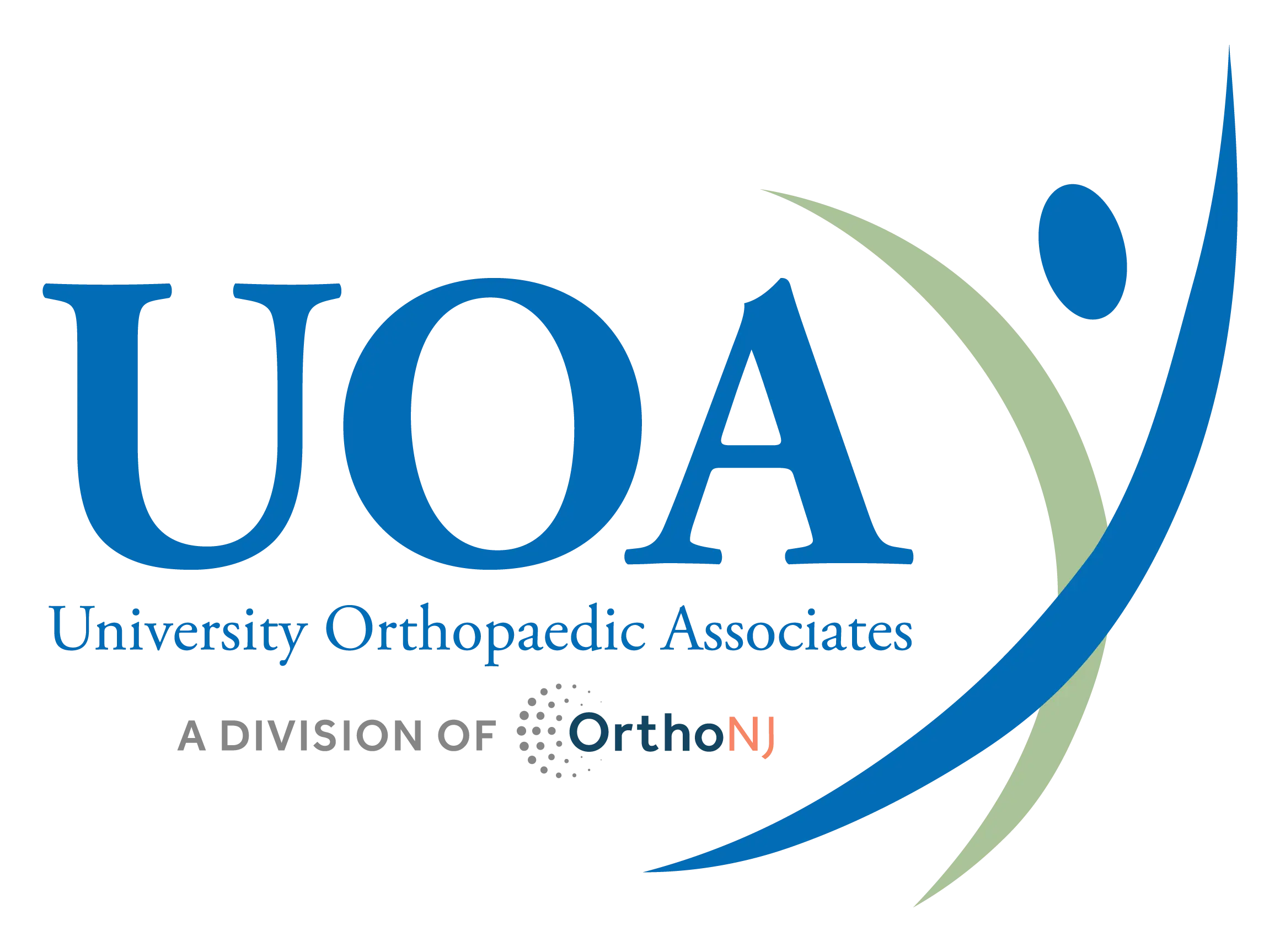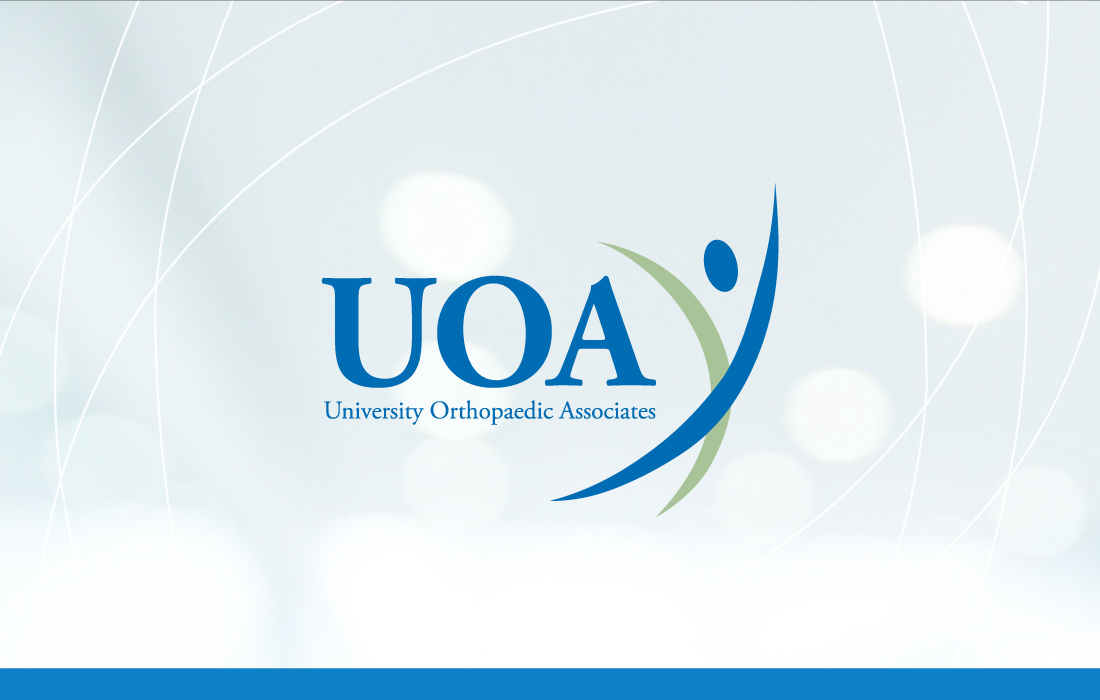Whether you are a weekend warrior or an elite athlete, you have likely suffered from an injury at some point. Injuries can disrupt your training regimen and hinder your participation in the sport you love. Sports medicine has grown significantly over the past few decades, offering biologic treatment options, such as platelet-rich plasma (PRP) injections, that are less invasive and improve recovery time.
What Are Platelet-Rich Plasma Injections?
Platelet-rich plasma injections are a minimally invasive, regenerative treatment that involves injecting the patient’s own blood into the injured area. Platelets, a component of your blood, are part of our bodies’ natural response to injury and contain a high level of bioactive proteins and growth factors that facilitate the treatment of damaged or injured tissues.
To create a PRP injection, blood is drawn from the body and spun at high speeds in a process called centrifugation. After the blood has finished spinning, the concentrated platelets are added to a plasma solution to be injected back into the patient. The platelets contain a number of growth factors that play a role in the healing response.
What Types of Injuries or Conditions Are Typically Treated With Platelet-Rich Plasma Injections?
PRP therapy is used in acute sports injuries and degenerative processes like osteoarthritis. The most common uses in sports medicine are listed below:
- Muscle Injuries: PRP injection(s) help with both muscle strains and pulled muscles.
- Tendon Injuries: Rotator cuff tendinitis, patellar tendonitis, tennis elbow and Achilles tendonitis are all candidates for PRP therapy.
- Joint Pain: PRP successfully treats various joint conditions, including osteoarthritis.
- Ligament Injuries: Partial tears and ligament sprains can be treated using PRP injections.
Who Is a Candidate?
If you are in good general health, you are considered a viable candidate. However, it should be noted that cancer, active infections or platelet dysfunction disorder can preclude you from treatment.
What Benefits Do Platelet-Rich Plasma Injections Offer?
- Faster Recovery: The use of platelets can enhance the rate of regeneration and repair, resulting in faster healing.
- Higher Rate of Effectiveness: PRP injection(s) employ the body’s natural healing ability for lasting results.
- Minimally Invasive: Platelet-rich plasma therapy is significantly less invasive than traditional treatment options.
- Avoid Surgery: In many cases, PRP therapy can help patients avoid surgical procedures.
- Lower Risk: Using the patient’s own blood reduces the risk of developing allergic reactions or infections.
- Non-Opioid Relief: PRP can provide pain relief without the use of opioids.
What Is the Typical Recovery Period Like?
While the recovery period following PRP injections can vary between patients, the main factors impacting recovery are as follows:
- The severity of the injury or condition
- The area of the body in need of treatment
- Individual healing rates
Over the first few days following an injection, you can expect:.
- Swelling and Soreness: Mild pain and swelling are likely to occur at the injection site.
- Ice: Applying ice to the injection site can significantly reduce discomfort and swelling.
- Rest: It is essential not to engage in strenuous activity to allow the treated area as much rest as possible.
During the first two weeks following treatment, patients typically find:
- Gradual Improvements: The swelling and soreness should become less noticeable as the symptoms subside.
- Physical Therapy: Using physical therapy can help shorten the recovery period, strengthen the treated area and improve flexibility.
- Light Physical Activity: Daily activities are perfectly fine, but strenuous exertion is not recommended.
From 2–6 weeks following treatment, patients experience:
- Continued Exercise Regimen: Engaging in routine exercises can help improve strength and range of motion.
- Increased Physical Activity: A gradual increase in physical activity should be initiated during this period.
If you are experiencing a sports-related injury and think PRP therapy might be the solution, please contact University Orthopaedic Associates for an appointment with a sports medicine specialist.




